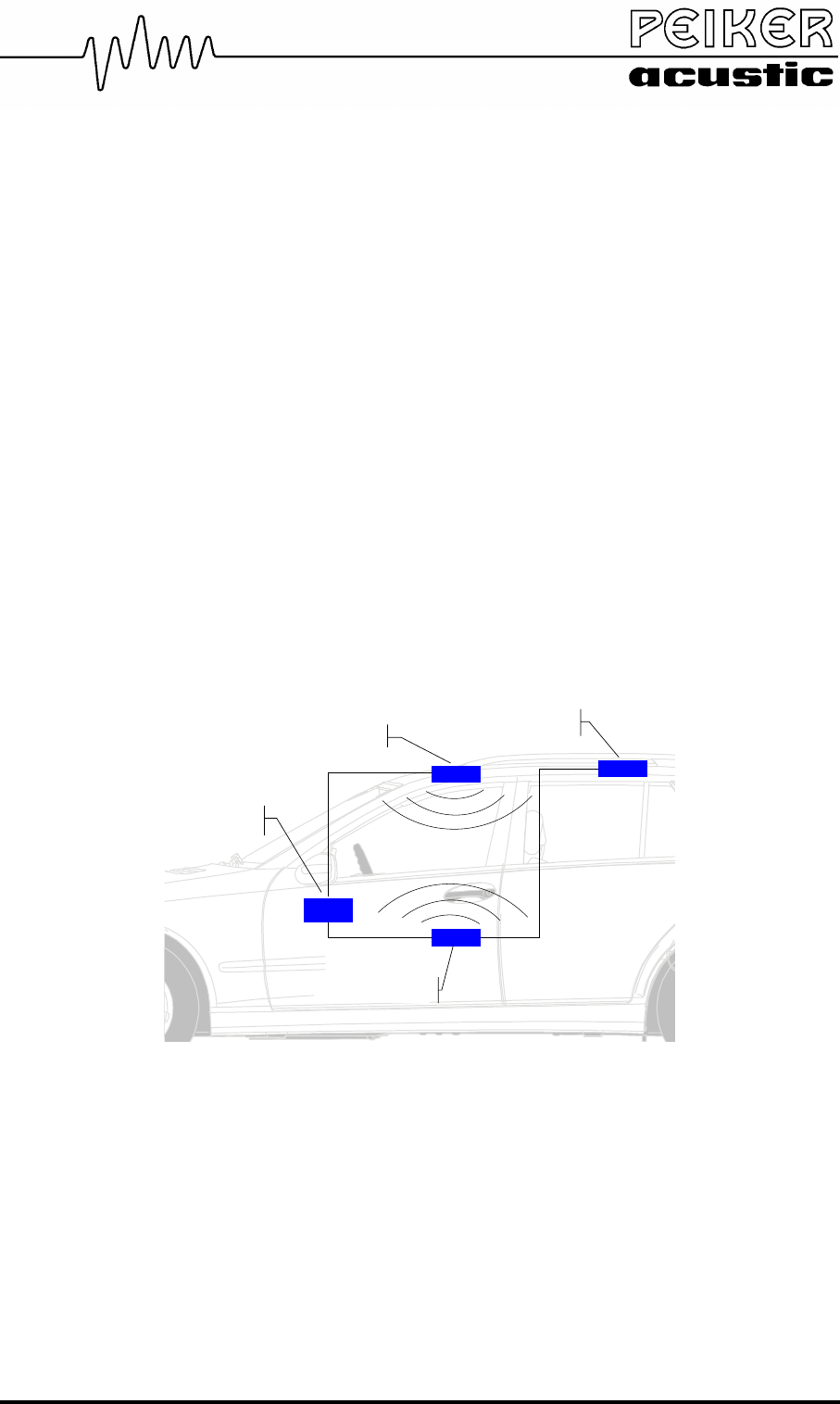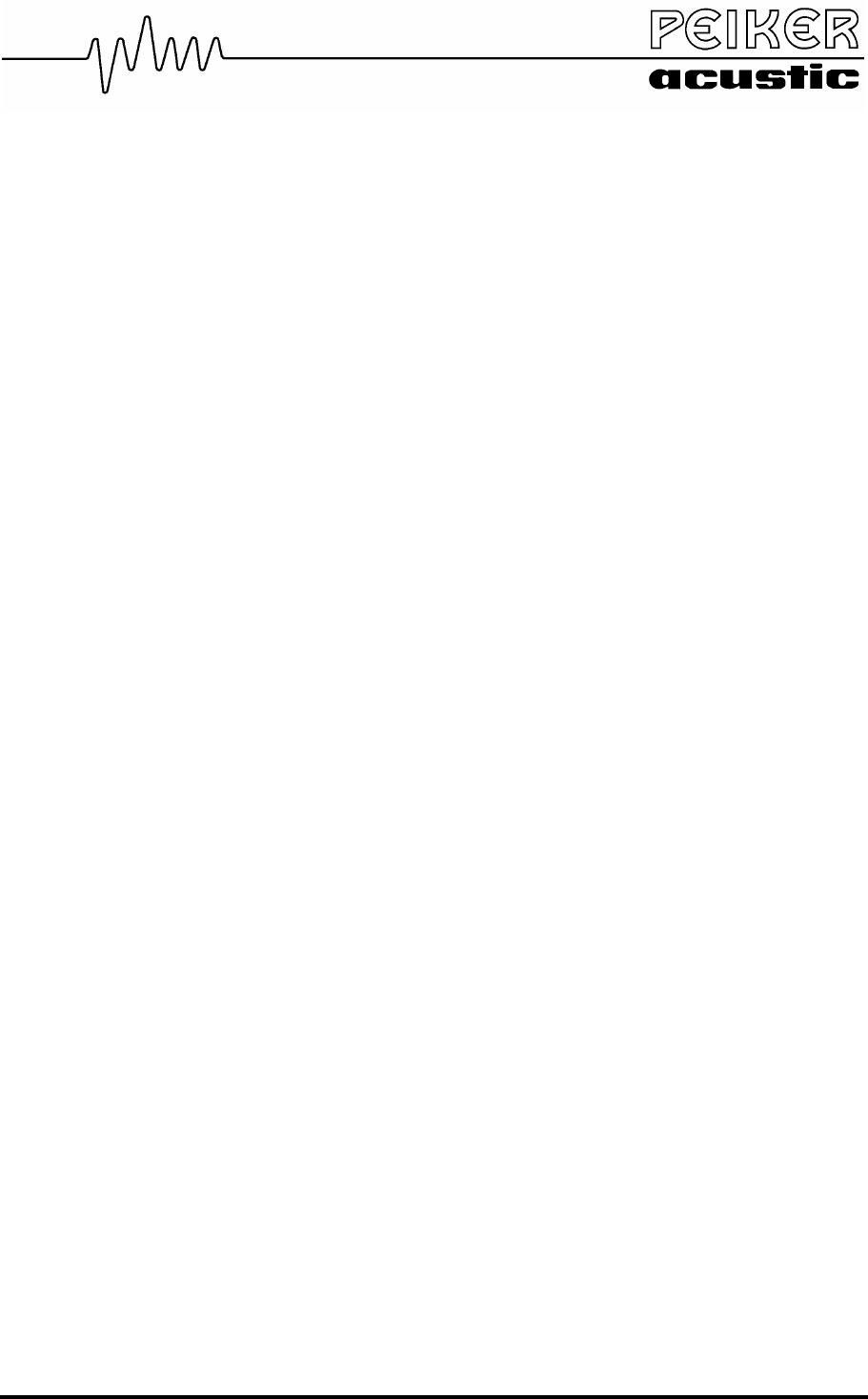VALEO Telematik und Akustik BT-PSC Bluetooth Phone Connector User Manual BT PSC UserMan 060502wm
Peiker acustic GmbH & Co. KG Bluetooth Phone Connector BT PSC UserMan 060502wm
Manual

U
SER
M
ANUAL
B
LUETOOTH
P
HONE
C
ONNECTOR
BT-PSC
N:\Entwicklungsprojekte\Mercedes BT-PSC\Zertifizierung\FCC\BT-PSC_UserMan_060502wm.doc
Seite 1
Using a mobile phone by the car driver while driving is not allowed in some countries. One of the
possible solutions is to use a handsfree audiosystem for controlling an inserted and connected mobile
phone.
Such a handsfree audiosystem with steeringwheel-buttons, microphones and loudspeakers and/or
speechrecognition has been developed for easy covering all information and communication needs of
the car users, e.g. listening to radiobroadcasts or calling to a telephone partner.
The central part of the system, the so-called “Head-Unit”, is mounted in the car dash-board as the
basic control unit for information and communication. Via the integrated display and keys it informs
and enables the user to select a radiostation or to use the mobile phone.
Adapters, so-called cradles, adapt selected mobile phones from the market mechanically and
electrically for easy use in conjunction with the control base (head-unit) via a fixed interface plug.
The cradle is attached directly to the Bluetooth Phone Connector (BT-PSC) by this interface plug-in
connector on top of the BT-PSC. The cradle adapts audio communication and data communication
signals to the BT-PSC. These signal informations will be transferred between BT-PSC and head-unit
via a wireless Bluetooth link.
Additionally the interface plug on the BT-PSC has mechanically implemented a coax-plug with no
electrical connection to the BT-PSC circuits. The coax-plug is connected to the external roof antenna
via a separated coax-cable.
BT-Antenna
Head
Unit
Roof-Antenna
BT-PSC/mobile phone
Datatransmission
via Bluetooth
BT-PSC will be assembled during the car manufacturing process. Installation will be done by
specialized personnel of the car-manufacturer only.
BT-PSC is not intended to be assembled by the end-user.
Therefore “usage” of BT-PSC will be described in the user manual of the car-informationsystem as
part of that system.
Installation and operation is described in a separate Operational Description document.

N:\Entwicklungsprojekte\Mercedes BT-PSC\Zertifizierung\FCC\BT-PSC_UserMan_060502wm.doc
Seite 2
Conformity to ECE directives: CE0681
Conformity to FCC-Rules:
The following passages will be inserted in the vehicle’s user manual at the appropriate positions where
radio based components are described:
This device contains Transmitter Module FCC-ID: QWY-BT-PSC
RF exposure:
The max sourcebased time-averaged output of 0.48 mW is below the low threshold of 24mW for
d < 2.5 cm. This is very low power configuration. The antenna shown in this filing can be co-located or
operated in conjunction with any other antenna or transmitter. For portable applications installer need
no additional testing or SAR evaluation.
USA only:
Statement according to FCC part 15.19:
This device complies with Part 15 of the FCC Rules. Operation is subject to the following two
conditions: (1) this device may not cause harmful interference, and (2) this device must accept any
interference received, including interference that may cause undesired operation.
Statement according to FCC part 15.21:
Modifications to this device not expressly approved by this company could void the user’s authority to
operate the equipment.
Statement according to FCC part 15.105:
Note: This equipment has been tested and found to comply with the limits for a Class A digital device,
pursuant to part 15 of the FCC Rules. These limits are designed to provide reasonable protection
against harmful interference when the equipment is operated in a commercial environment. This
equipment generates, uses, and can radiate radio frequency energy and, if not installed and used in
accordance with the user manual, may cause harmful interference to radio communications. Operation
of this equipment in a residential area is likely to cause harmful interference in which case the user will
be required to correct the interference at his own expense.
Statement according to FCC part 15.27:
With this device will no additional special accessories be shipped or marketed. This equipment BT-
PSC has to be assembled by professional installing personnel of the vehicle manufacturer.
It is the responsibility of the installer to install the equipment in that way that the resulting system
complies with the regulations.
Canada only:
Statement according to RSS-210:
This device complies with RSS-210 of Industry Canada. Operation is subject to the following two
conditions: (1) this device may not cause harmful interference, and (2) this device must accept any
interference received, including interference that may cause undesired operation.
Modifications to this device not expressly approved by this company could void the user’s authority to
operate the equipment.